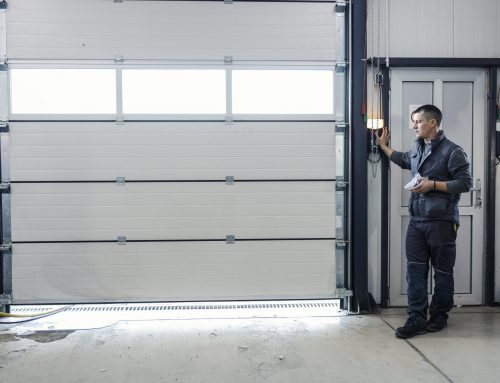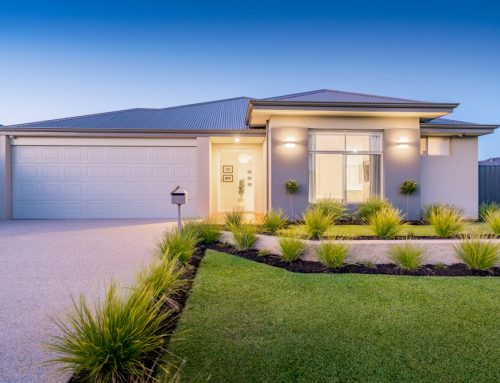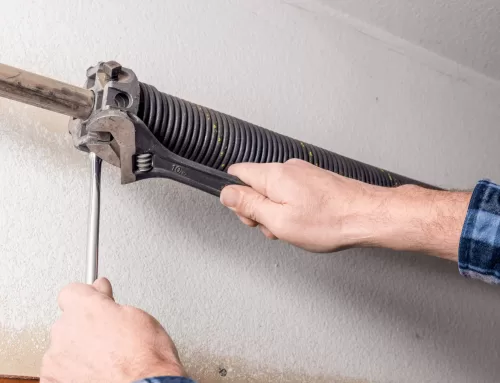Comprehensive Buyer’s Guide for Garage Door Materials
Whether you’re renovating your entire home or making an upgrade from your current garage door, Burbank garage doors are available in many different materials. Every material has its own set of pros and cons. While wood has an elegant and stylish aesthetic, it isn’t as durable and long-lasting as steel. Consider which material is right for your home before making a purchase.
Wood
Wood is a highly appealing choice for modern garage doors because of its more natural appearance. This material can also be customized with different decorative elements and overlays. Since wood comes with insulating characteristics, it’s easier for the material to regulate indoor temperatures and lower energy costs. When you select this material, you can have it painted or stained to match your preferred finish or color. Even though this material isn’t as durable as steel, it should last for a long time if you properly maintain it.
One issue with a wooden garage door is that it’s heavier than most other options and can be difficult to move up or down manually. This material also needs to be regularly maintained. The maintenance requirements include sealing, repainting, and priming to minimize the amount of damage that adverse weather events cause. Wood can be damaged by pests, moisture, and temperature changes as well. Over time, the material can warp or crack.
Steel
Usually, the most common material selected for garage doors is steel. A clear advantage of this material is that steel doesn’t require much maintenance. The material is also highly durable, which allows you to maintain long-term performance. If you choose a steel door, you’ll be presented with many design options. Even though steel doesn’t provide much insulation, premium steel doors are sometimes outfitted with a layer of polyurethane insulation, which improves energy efficiency and makes it easier for you to maintain garage temperatures.
A common issue with this material is that it’s susceptible to dents from vehicles, basketballs, or other objects. Even small dents can negatively affect the door’s appearance. If you live in an environment with high salt content, steel doors can become corroded over time. Providing the door with a protective coating can reduce this risk. Steel doors often produce ample noise when you open or close them.
Aluminum
Aluminum is similar to steel but with a more lightweight construction. The material is highly resistant to rust and can be used in locations that are near the coast. When you’re obtaining Pasadena garage doors, this city is just 22 miles from the coast and can experience high humidity. Aluminum doors are also easy to customize and usually come with large glass windows. With a glass window, you can receive natural light in your garage. Additional benefits include minimal maintenance requirements and an affordable cost.
Aluminum garage doors don’t offer full waterproofing and can let in moisture around the joints or seams. This material is also a poor insulator and may need to be combined with some type of insulation for better efficiency. Since aluminum doesn’t weigh much, it’s more prone to being damaged. While glass windows let in a considerable amount of natural light, they also reduce your privacy.
Fiberglass
Fiberglass is a particular favorite among owners of beachfront properties. The main reason to buy this material is because of its resistance to corrosion, shrinking, and warping from moisture. These doors are commonly equipped with windows as well, which allows natural light to get in. If you experience extreme temperatures where you live, fiberglass materials shouldn’t expand or contract, which makes it easier for the material to retain its shape over a lengthy period of time. This material is also lightweight and doesn’t require much maintenance.
While fiberglass has many benefits, it’s a somewhat fragile material. Even though fiberglass doors can keep corrosion and moisture at bay, they are more likely to crack when something hits the material. Fiberglass can also crack with age. You may notice that the material develops a yellow tinge because of exposure to the sun. Unlike some of the other materials in this guide, fiberglass doesn’t have many design options, which limits customization.
Wood Composite
This material is made from various wood fibers and is designed to provide homeowners with a door that has a wooden appearance but doesn’t come with high maintenance requirements. You don’t need to repaint or seal wood composite doors. Wood composite is also resistant to weather, moisture and rotting. It is made from environmentally friendly materials and is more durable in comparison to real wood. One downside to this material is that it’s heavier than wood because of its large opening mechanism. The materials can also be expensive.




